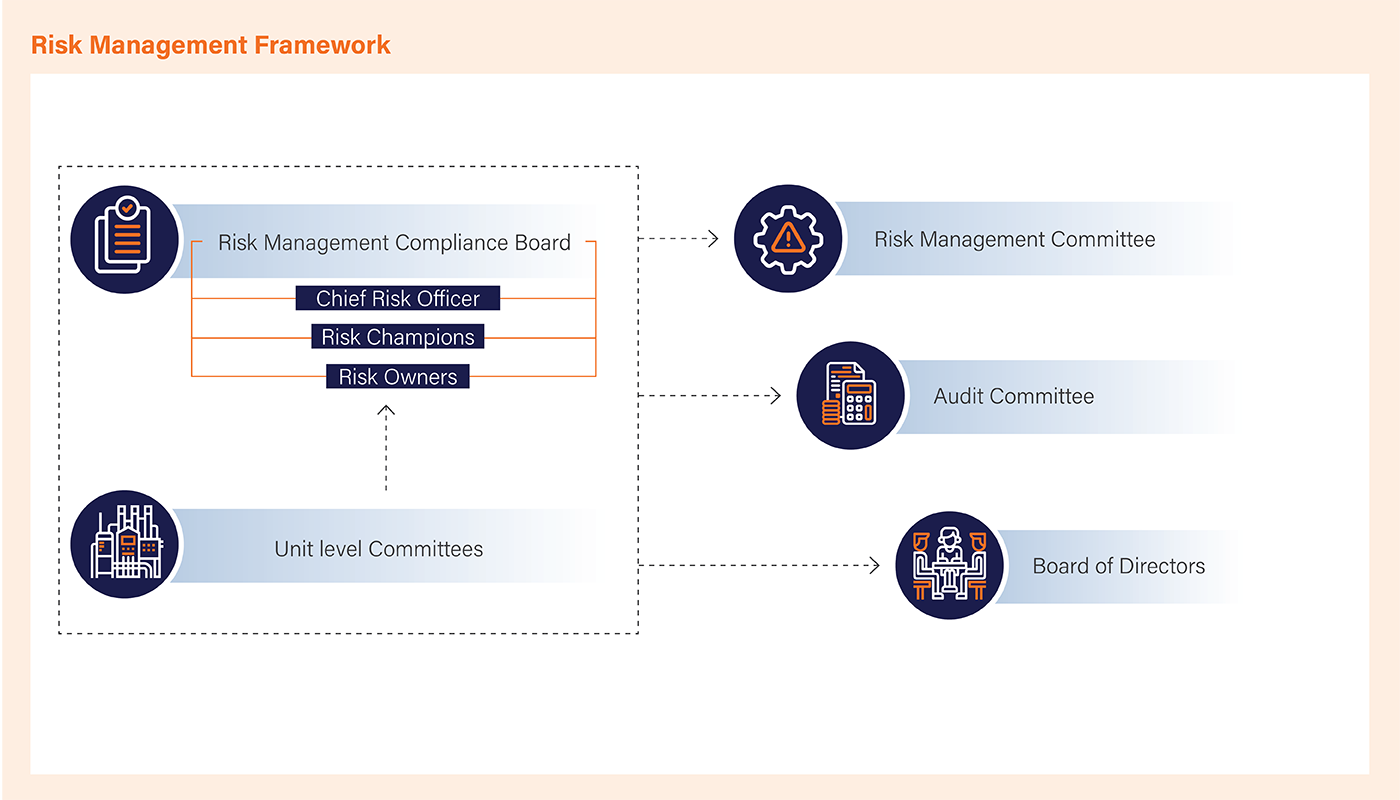-
Corporate Overview
- Harnessing Infinite Energy,
Powering a Sustainable
Tomorrow - IndianOil - Etching India’s
Growth Story - Performance with Purpose
- Chairman’s Message
- Navigating Risks,
Forging Excellence - Business Model Fuelling
Prosperity - Materiality Assessment
- Collective Vision, Shared Responsibility
- Empowering Trust through Governance
- Board of Directors
- Making a Difference,
SDGs in Motion Description of Capitals
- Financial Capital
- Manufactured Capital
- Intellectual Capital
- Human Capital
- Social and Relationship Capital
- Natural Capital
- Awards and Accolades
Corporate Information
- Core Team
- Senior Management Team
- Main Offices and Major Units
- Group Companies
- Performance at a Glance
Financial Statements
Standalone Financial Statements
- Independent Auditors’ Report
- Balance Sheet
- Statement of Profit & Loss
- Cash Flows Statement
- Statement of Changes in Equity
- Notes
- Income & Expenditure Account-Township, etc.
Consolidated Financial Statements
- Independent Auditors’ Report
- Balance Sheet
- Statement of Profit & Loss
- Cash Flows Statement
- Statement of Changes in Equity
- Notes
- Harnessing Infinite Energy,

























